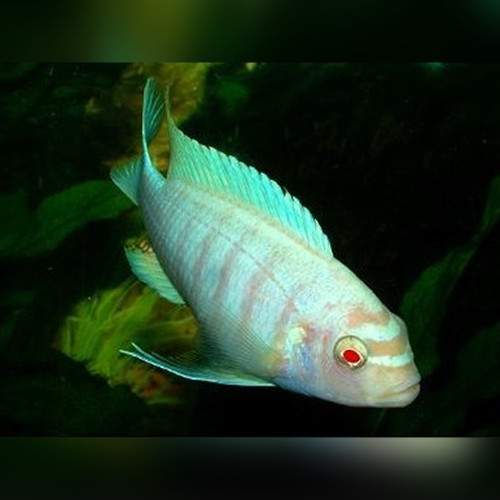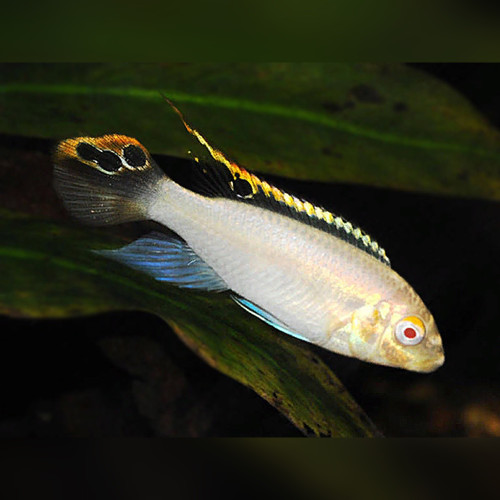Our Guide To Keeping Albino Blue Dolphin Cichlid Fish
-
About Fish Species:
- Scientific name: Cyrtocara moorii
- Common name: Albino Blue Dolphin Cichlid
- Family: Cichlidae
- Origin: Lake Malawi, Africa
- Adult length: 20-25 cm
- Lifespan: 8-10 years
-
Tank Setup:
- Albino Blue Dolphin Cichlids prefer a spacious tank with plenty of swimming space. A minimum tank size of 200L is recommended for a small group of these fish.
- Provide ample hiding places and areas with rocks and caves to mimic their natural habitat. They appreciate substrates like sand and gravel.
-
Water Parameters:
- Albino Blue Dolphin Cichlids thrive in alkaline water conditions with a pH range of 7.8 to 8.6.
- Keep the water temperature between 24 to 28°C (75 to 82°F).
-
Filtration and Water Flow:
- A strong water flow is suitable for these fish, so choose a filter that provides moderate to strong flow.
-
Diet:
- Albino Blue Dolphin Cichlids are omnivores and will accept a variety of foods. Offer them a balanced diet consisting of high-quality cichlid pellets or flakes as a staple.
- Supplement their diet with live or frozen foods like bloodworms, brine shrimp, and small feeder fish to provide essential nutrients and mimic their natural diet.
-
Tank mates:
- Albino Blue Dolphin Cichlids are semi-aggressive fish and should be kept with other semi-aggressive species in a large tank. Avoid keeping them with smaller or more passive fish.
- They are compatible with other African cichlids from Lake Malawi, such as other Mbuna species, as well as some larger peaceful species like Aulonocara cichlids.
-
Behavior and Compatibility:
- Albino Blue Dolphin Cichlids are active and can be territorial, especially during breeding times. Provide plenty of hiding spots and territories to reduce aggression.
- They can be kept in a species-only tank or with other compatible cichlids, but aggression should be monitored, especially when establishing territories.










